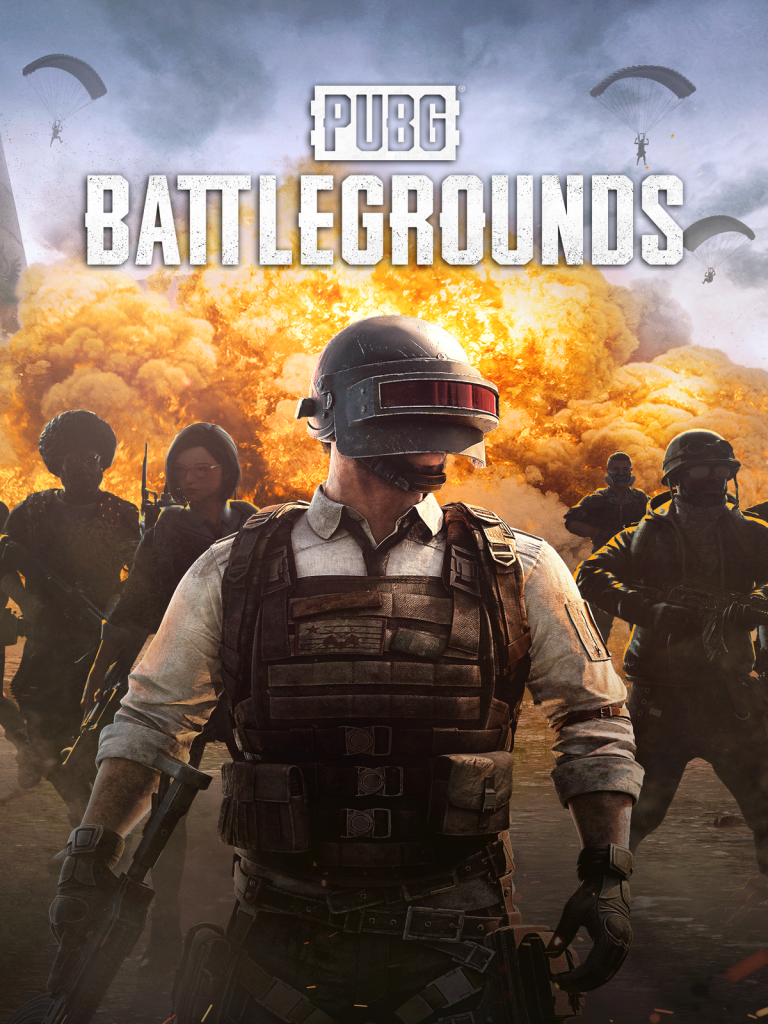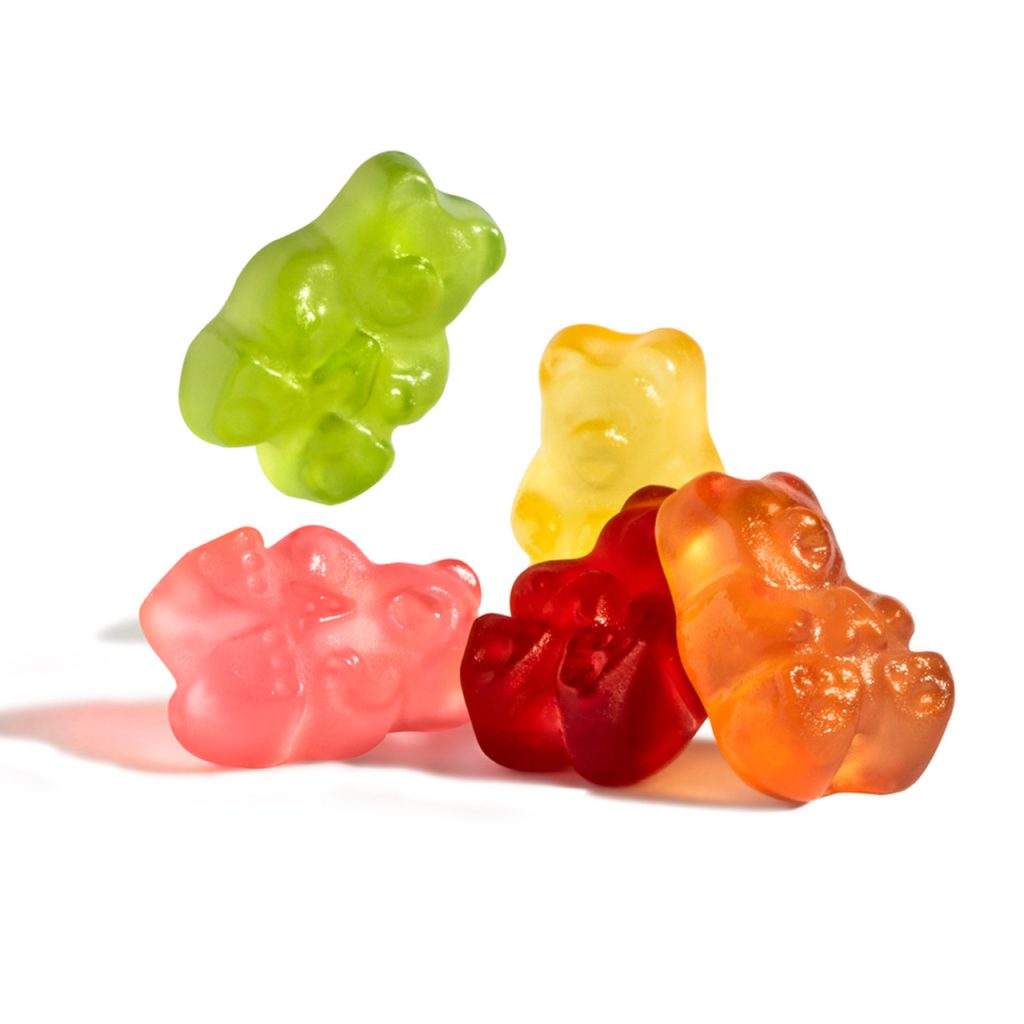Effective mediation can transform conflicts into opportunities for understanding and collaboration. Structured mediation training programs provide professionals with the essential skills to guide disputing parties toward practical and mutually satisfactory solutions. By combining clear frameworks, proven techniques, and hands-on practice, these programs equip mediators to handle disputes with confidence and fairness. Learning to facilitate dialogue, manage emotions, and explore interests helps mediators create an environment where all participants feel heard and respected. This foundation not only resolves conflicts but also builds long-term relationships and trust among parties.
Structured mediation training emphasizes core competencies that are essential for successful outcomes. Key focus areas include:
- Active Listening Skills: Understanding both verbal and non-verbal communication helps mediators grasp underlying concerns and foster empathy.
- Neutral Facilitation: Remaining impartial ensures that all parties can express their views freely without bias.
- Conflict Analysis: Identifying the root causes of disputes allows for targeted interventions rather than temporary solutions.
- Problem-Solving Techniques: Practical strategies encourage creative options that meet the interests of all participants.
- Emotional Management: Training teaches mediators to navigate tension, diffuse hostility, and maintain a calm environment.
Hands-on exercises within structured programs allow mediators to practice real-life scenarios. Role-playing, simulations, and peer feedback provide insights into handling complex situations while building confidence in decision-making. These activities prepare mediators to respond effectively when disputes involve high emotions or sensitive issues. Beyond resolving disputes, mediation training equips leaders with proactive skills to prevent conflicts from escalating. They learn to recognize early warning signs, address issues diplomatically, and encourage open dialogue. This proactive approach minimizes disruption, enhances productivity, and creates a supportive organizational climate where employees feel heard and valued.

Another critical aspect of structured mediation training is understanding the stages of the mediation process. These stages guide the mediator from initial engagement to final resolution:
- Preparation: Gathering information, understanding the context, and setting ground rules.
- Opening Statements: Allowing parties to express their perspectives while establishing a respectful tone.
- Exploration of Interests: Identifying underlying needs and concerns to uncover common ground.
- Negotiation and Option Generation: Encouraging creative solutions that satisfy all parties’ interests.
- Agreement and Closure: Finalizing outcomes and ensuring clarity on responsibilities and follow-up actions.
Structured programs also emphasize ethical standards and professional conduct. Mediation opleiding learn to maintain confidentiality, handle conflicts of interest, and foster fairness. These principles ensure that the mediation process is trustworthy, credible, and respected by all participants. By investing in structured mediation training, professionals can enhance their capability to resolve conflicts efficiently. Trained mediators contribute to healthier workplaces, communities, and organizations by reducing tension and promoting collaborative solutions.
Whether disputes arise in professional, community, or personal settings, skilled mediators act as guides, helping parties navigate challenges with clarity and mutual respect. Overall, structured mediation training provides the tools, techniques, and mindset necessary to guide disputing parties effectively. By combining skill development with practical application, these programs empower mediators to transform conflicts into constructive outcomes, build stronger relationships, and create lasting agreements.







